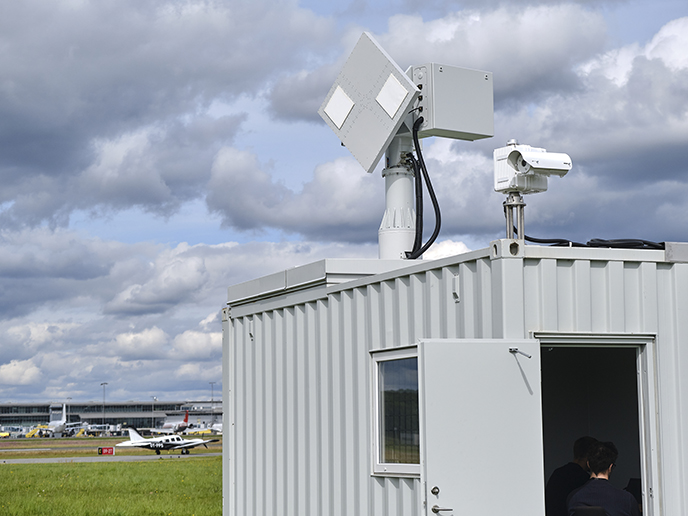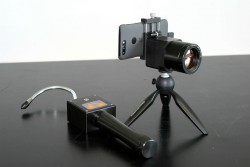Europe’s drone sector ready for take-off
Unmanned aerial vehicles are increasingly used to monitor crops, support law enforcement agencies and provide back-up for search and rescue operations. Innovative applications in the future could include the delivery of goods, and even the movement of people. To fully capitalise on this potential however, Europe needs to establish a harmonised regulatory network. This will ensure that drones can be sold and operated across the EU, without any barriers. “If we look back 10, or even 5 years ago, the lack of a common regulatory standardisation framework was seen as a key obstacle to a competitive and profitable civil drone market,” explains AW-Drones(opens in new window) project coordinator Damiano Taurino, head of automated systems at Deep Blue(opens in new window), Italy. “Member States had their own regulations, which meant different authorisation processes, different pilot licences and different technical descriptions.” Progress in this space has been impressive. Today there is a common performance-based regulatory framework for drones, established by the European Union Aviation Safety Agency(opens in new window) (EASA). Nonetheless this situation is still evolving, and there are areas – such as in autonomous operations – where regulatory harmonisation still needs to happen.
Supporting regulatory progress
The 3-year AW-Drones project was launched to support this ongoing process of regulatory harmonisation, to better define the technical rules, standards and procedures for civilian drones. The ultimate goal is to facilitate safe, environmentally sound and reliable operations in the EU. “The project began by collecting information on current technical rules, procedures and standards that are being developed for mass-market drones worldwide,” adds Taurino. “We then critically assessed all collected data, to identify best practices, gaps and bottlenecks.” In total, more than 600 standards were assessed against requirements endorsed by EASA. This helped to ensure that all proposed standards fully comply with EU regulations. Sets of technical standards for different categories of drone operations were then proposed and validated. This was achieved through close cooperation with stakeholders and potential end users. Standards organisations, national aviation authorities, drone manufacturers and research centres have all been involved. “Throughout the project, we presented EASA and the drone community with yearly reports,” notes Taurino. “We also delivered a final report that synthesises all our results, complete with a detailed assessment of all standards.” Natale di Rubbo, drone regulation officer at EASA, noted at the project’s final public event that AW-Drones has made a significant contribution to putting in place a system of harmonised standards. “We started with a jungle of standards,” says di Rubbo. “But thanks to this project, we now have a better idea of how to link standards to our rule-making activity.”
Information for all
A key project deliverable has been the Drone Standards Information Portal(opens in new window). This online open access resource provides a single point of entry to relevant information about rules, procedures and technical standards for mass-market drones worldwide. “We think that this portal will be a valuable tool that supports the growing drone industry,” adds Taurino. “In particular, this resource will help drone operators by identifying all the standards applicable to every regulatory requirement.” The portal is envisaged to stay online for at least 2 years following project completion. The consortium is currently drawing up plans to ensure that this can be extended. “AW-Drones has been a successful collaboration of SMEs, industry, public institutions and policymakers,” says Taurino. “I’ve no doubt that this highly collaborative spirit will flourish well beyond the end of the project.”







